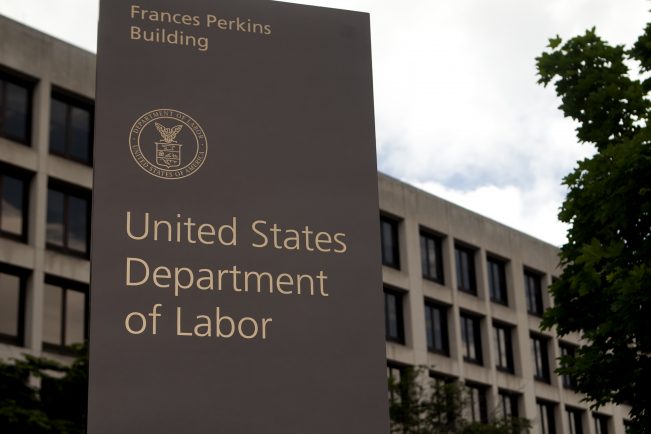
In April of this year, the U.S. Department of Labor finalized a new rule that is meant to protect individuals from receiving retirement investment advice that, in reality, may not be in their best interest. It’s a complicated rule that addresses the conflict of interest that financial advisors frequently encounter, such as receiving commission or other types of backdoor payments for specific investment recommendations.
In essence, the new rule boils down to this: those who provide financial advice will be required to “abide by a fiduciary standard — putting their clients’ best interest before their own profits.”
From a U.S. Department of Labor Fact Sheet:
“Going forward, those that provide investment advice to plans, plan sponsors, fiduciaries, plan participants, beneficiaries and IRAs and IRA owners must either avoid payments that create conflicts of interest or comply with the protective terms of an exemption issued by the Department. Under new exemptions adopted with the rule, firms will be obligated to acknowledge their status and the status of their individual advisers as “fiduciaries.” Firms and advisers will be required to make prudent investment recommendations without regard to their own interests, or the interests of those other than the customer; charge only reasonable compensation; and make no misrepresentations to their customers regarding recommended investments.”
Financial institutions will be required to provide clients with “full and fair disclosure” of conflicts of interest, fees, and the types of compensation the company expects to receive in connection with the advice provided.
Full compliance with the new rule is not required until January 2018; however, financial institutions will be required to comply with portions of it beginning in April 2017.
These new regulatory changes are, without question, prolific. It’s not a question of whether financial services companies deal with them or even when. Instead, it’s a question of how. Speaking with clients, we found that companies are approaching compliance with the conflict of interest final rule differently – some are taking a more aggressive stance, making sure no stone is left unturned, while others have a slightly more lax view of how they’re going to comply.
If you haven’t started to plan, develop, and implement strategies to ensure compliance, the time is now. Furthermore, if you haven’t started to assess the impact of the new rule on your business, the time was, well, yesterday.

